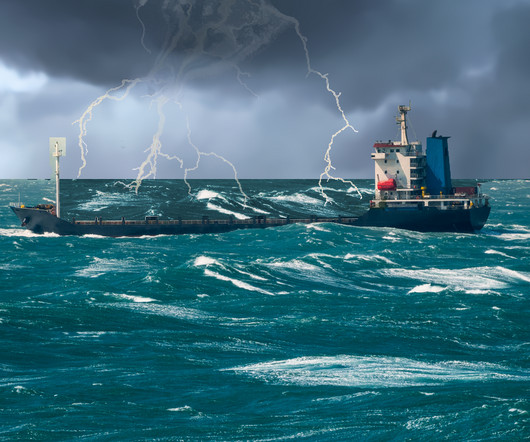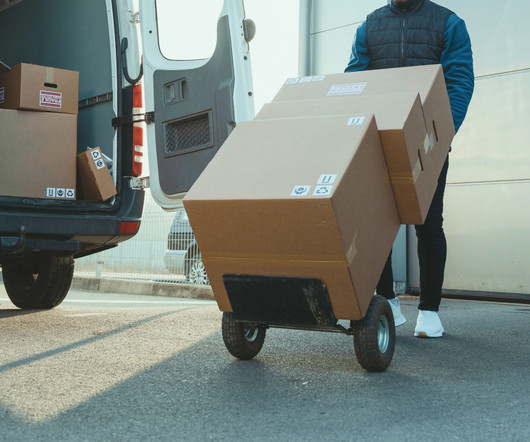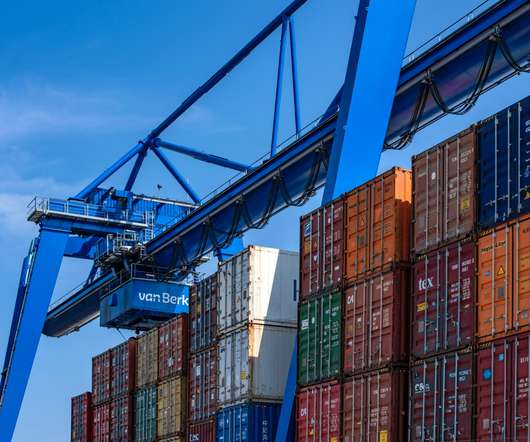A Model for Transporting Goods in Brazil
MIT Supply Chain
NOVEMBER 21, 2013
Distributing product in Brazil involves endless transportation choices. Pictured is the Port of Santos, Brazil. When shipping product into a country as large and complex as Brazil, the choice of transportation routes has a critical impact on supply chain costs. Spoilt for choice. It is a tough challenge.


































Let's personalize your content